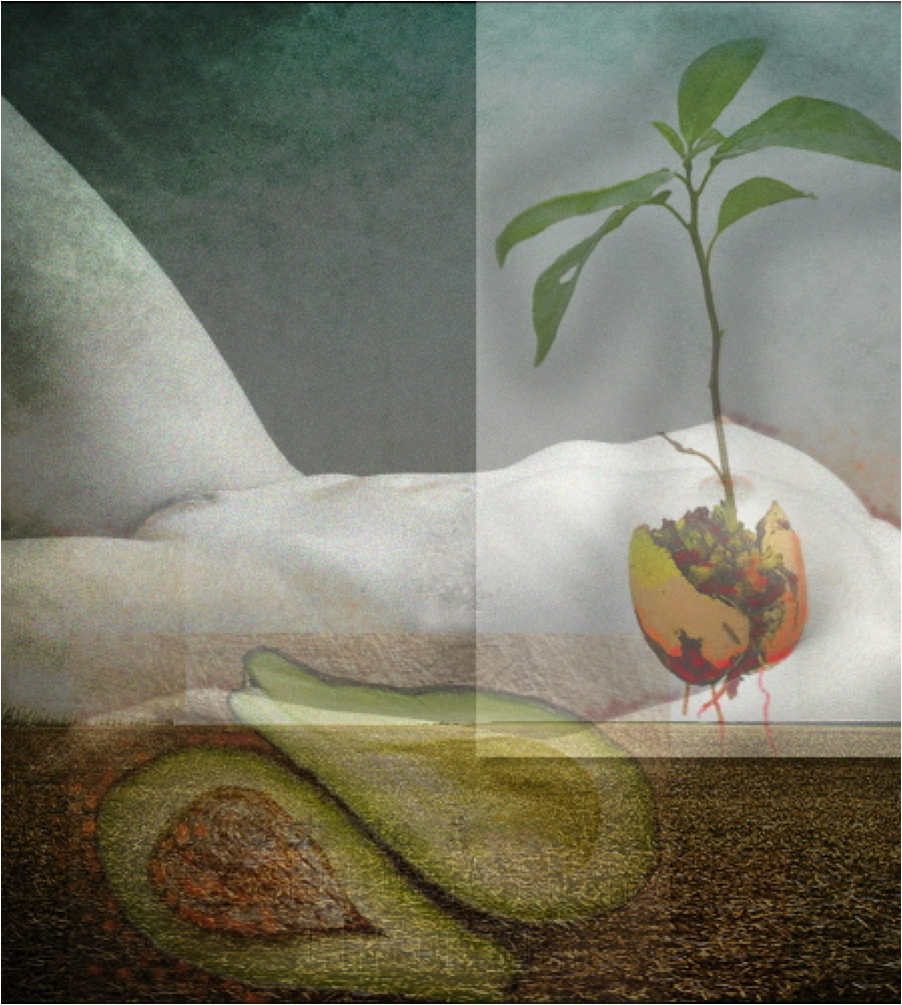The bright edges of a fecund summer have softened now on Vancouver Island. Golden leaves and fallen fruits have given way to foggy mists and a gentle silvery-grey rain, that has quenched the fires of summer. The salmon are now returning to their swollen birth streams, their bodies lying bleached and exhausted on the creek-beds that cut through our forests.
I love this season. Californian Sea Lions return to our waters, to feast on the salmon. They lie around, barking on the docks of a few favorite marinas, as they warm up, grow fat, joust for alpha position, and then mate. Who knew that one of the collective nouns for sea lions is a ‘curse’? They couldn’t be more wrong. I prefer the other options: a ‘trip’ or ‘haul-out’ of sea lions.
Falling into winter is an inspirational process for me, as I observe ‘transformation’ all around me in nature. As the temperatures slowly drop, and the days shorten, the hydrangeas in my garden quietly fall into dormancy. The raindrops transform into snow. Excited, I sit down at my laptop, to map out forthcoming chapters of my new book on ‘human transformation’ – one important part of the natural trajectory of transformation in nature that is well worth writing about.
This new book will dive deeply into what it means to reach our full potential before we die. It will map the history of thinking around what it means to transform, and why we might want to do this work. This new book will ask questions about what it feels like to transform, and how we can tell if we have. It will gather together ideas from both Eastern and Western traditions on how we can self-actualize, and why we should endeavor to do this. It will dip into the science behind transformation, and will articulate the reasons for evolution’s constant demand on us to keep growing and changing.
This project is the culmination of years of research and experimentation around this subject, and it gives me so much pleasure that it does not feel like ‘work’. As a Transformative Educator, I have come to understand some of the principles behind growth and change. My own life journey now finally bears fruit in the form of this project.
As usual, when I am deeply focused on a written subject, visual images also arrive in my imagination around the topic, reflecting that both hemispheres are in full flow. These metaphorical images are preverbal ways of understanding my subject matter. My art here reflects the transformative journeys I have taken. The top image is a digital painting about the fecundity of the female body. It is a metaphor for the ‘entelechy’ contained in the ovum. Entelechy is a lovely word that means ‘the realization of one’s full potential’. In each fertilized egg there is the potential for the creation of a baby, and the coming to fruition of a fully realized human, in much the same way that within every acorn there is the potential for a fully-grown oak tree, that will provide further acorns, and further fully grown oak trees, and so on. In this image, however, I have used an image of an ‘avocado’ – my favorite nourishment, and a reminder of the entelechy inherent in my garden in Africa, where I grew up.

The second image is a digital painting of what it feels like in my cells, for me to transform. The image has a white, corpse-like body, lying in a ‘slough of despond’. There is a kind of ‘life-after-death’ feel to this image, because whenever we transform, a part of us must die, to make room for new, more adaptive, ways of being. Transformation that follows a ‘dark night of the soul’, or a period of dormancy, can feel like a seed sprouting in the heart. The process of transformation is not just about ‘changing one’s mind’ – it is much deeper than a change in one’s beliefs. It is a change in one’s whole identity, one’s meanings and purpose.
Transformation is ‘embodied’ – and so it is sensual. As the mind changes, so does the body, and the heart. The latest science clearly shows the indivisibility of these three aspects of ourselves. As we transform, we become more inclusive, and our circle of care increases. We become more radiant and joyous, as our defended hearts begin to crack open. Transformation can feel like a rebirth – into a more connected, more creative, more authentic and courageous way of being. I am excited to spend the next year looking at the research, the science and the benefits behind this thing we call ‘transformation’.
